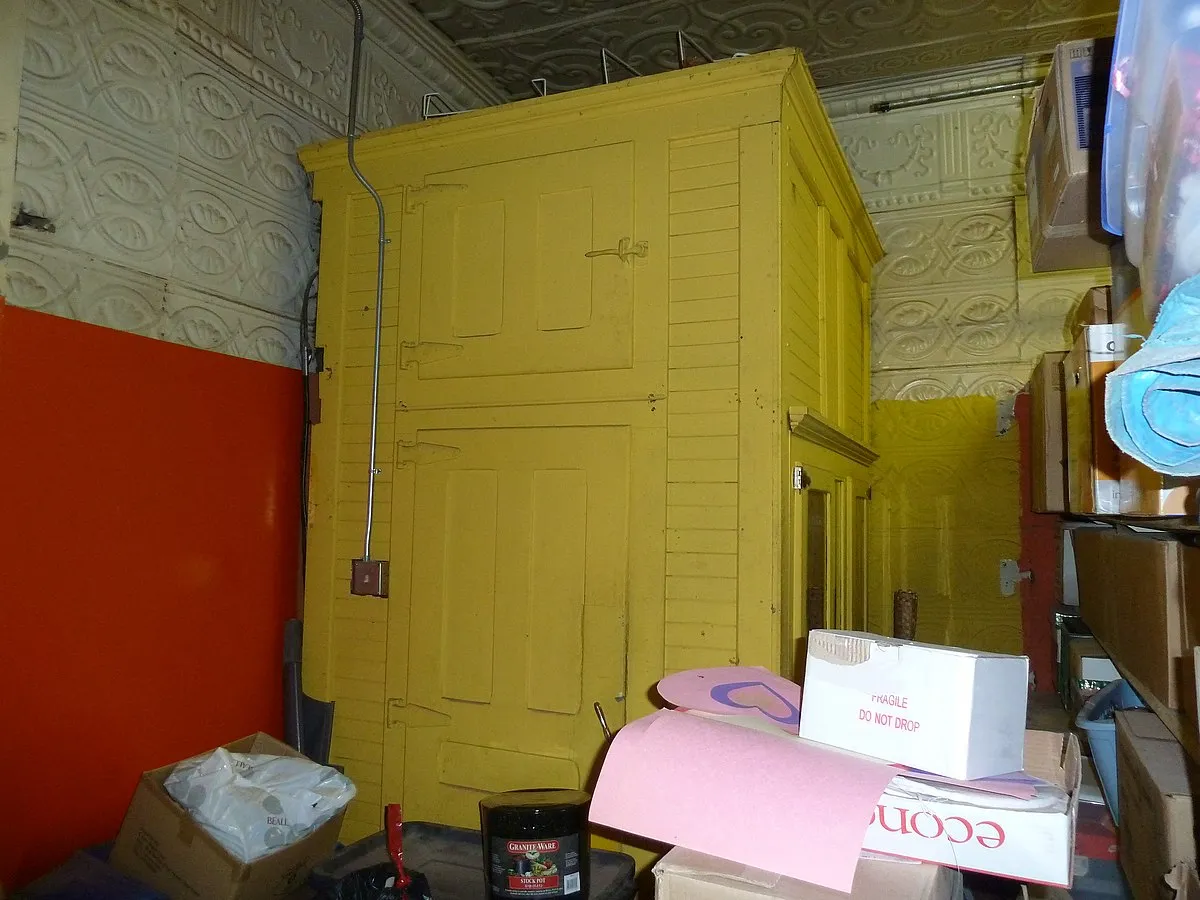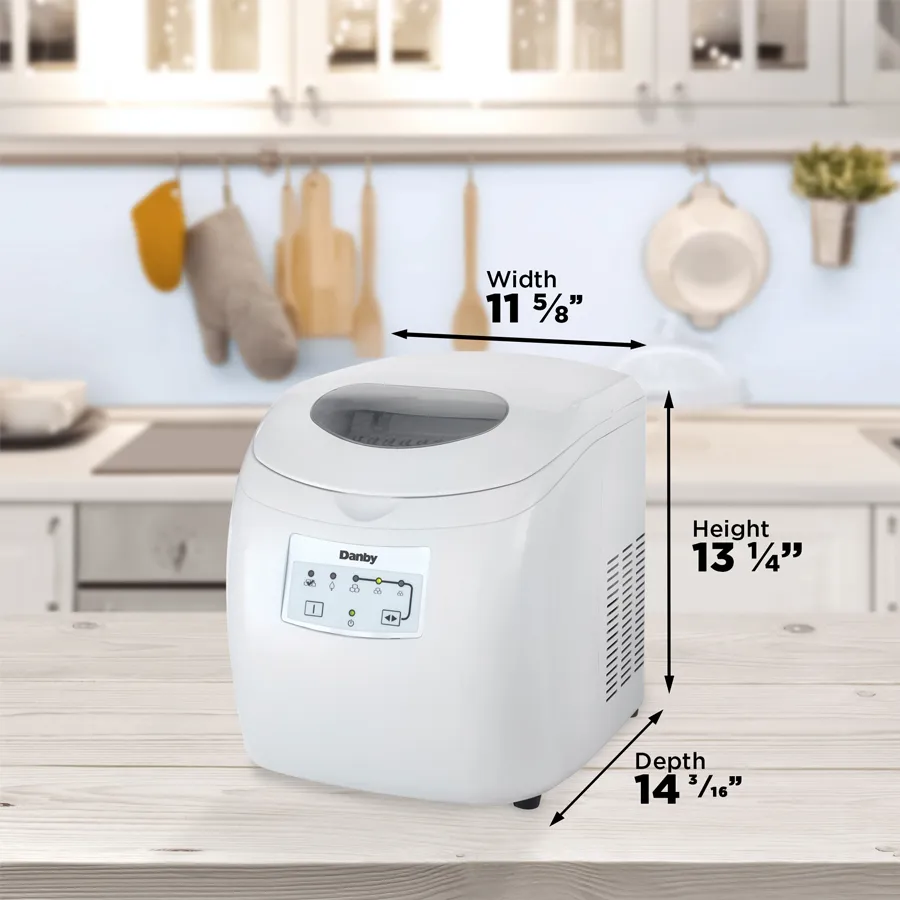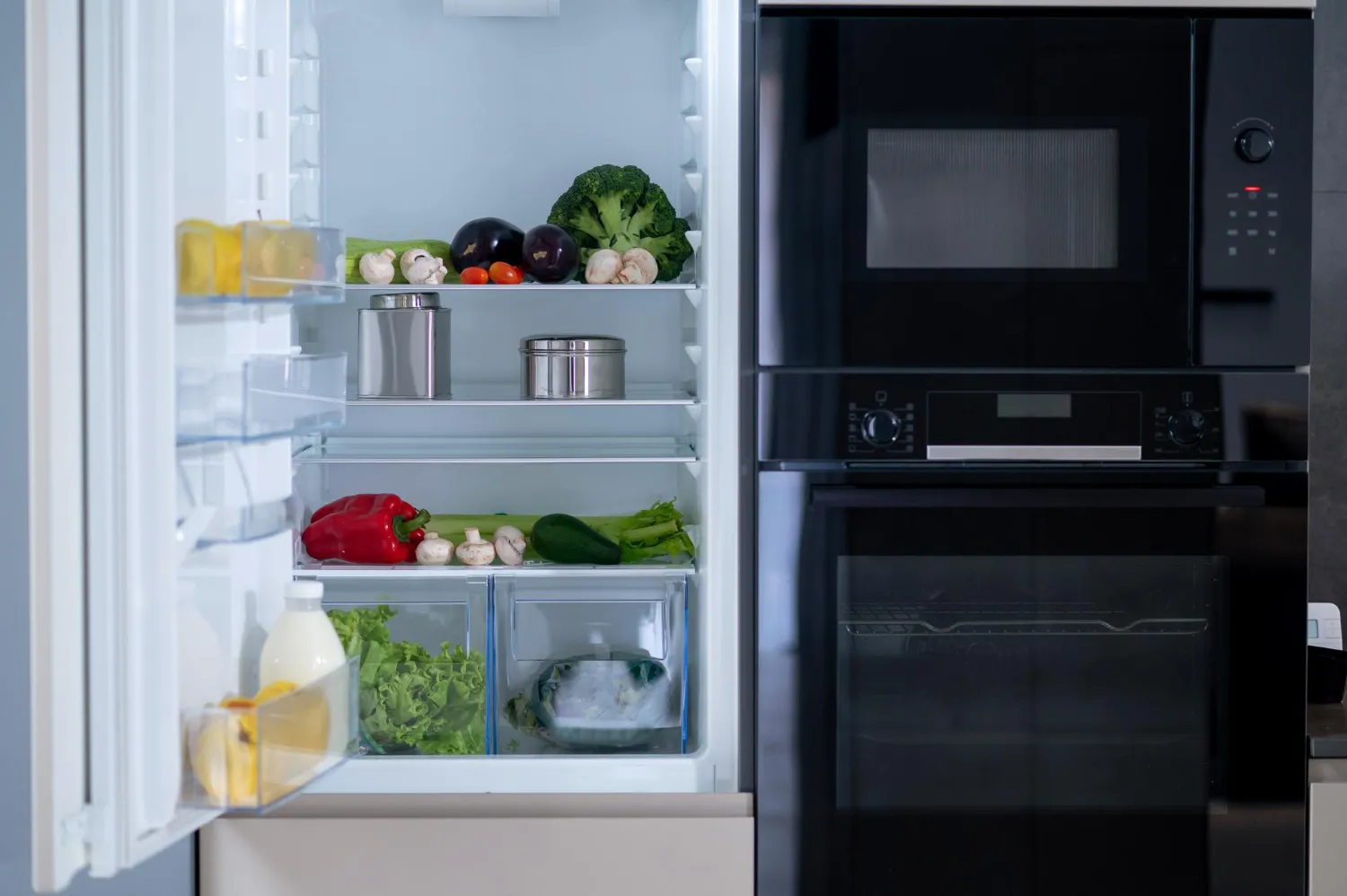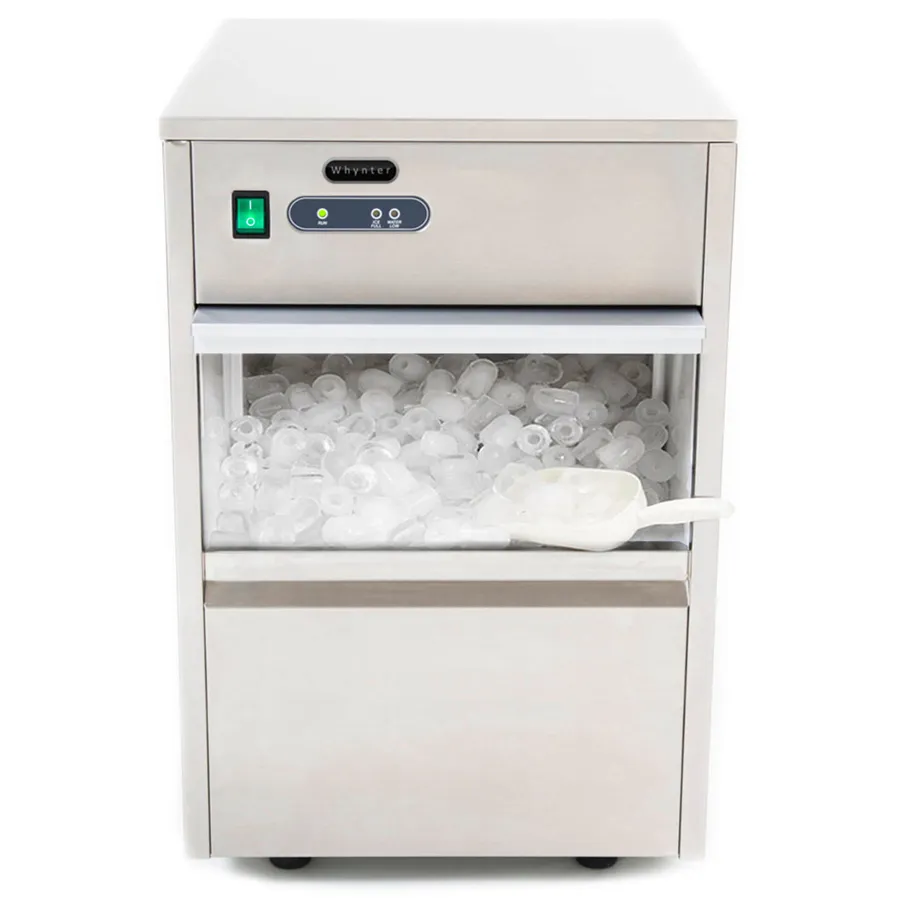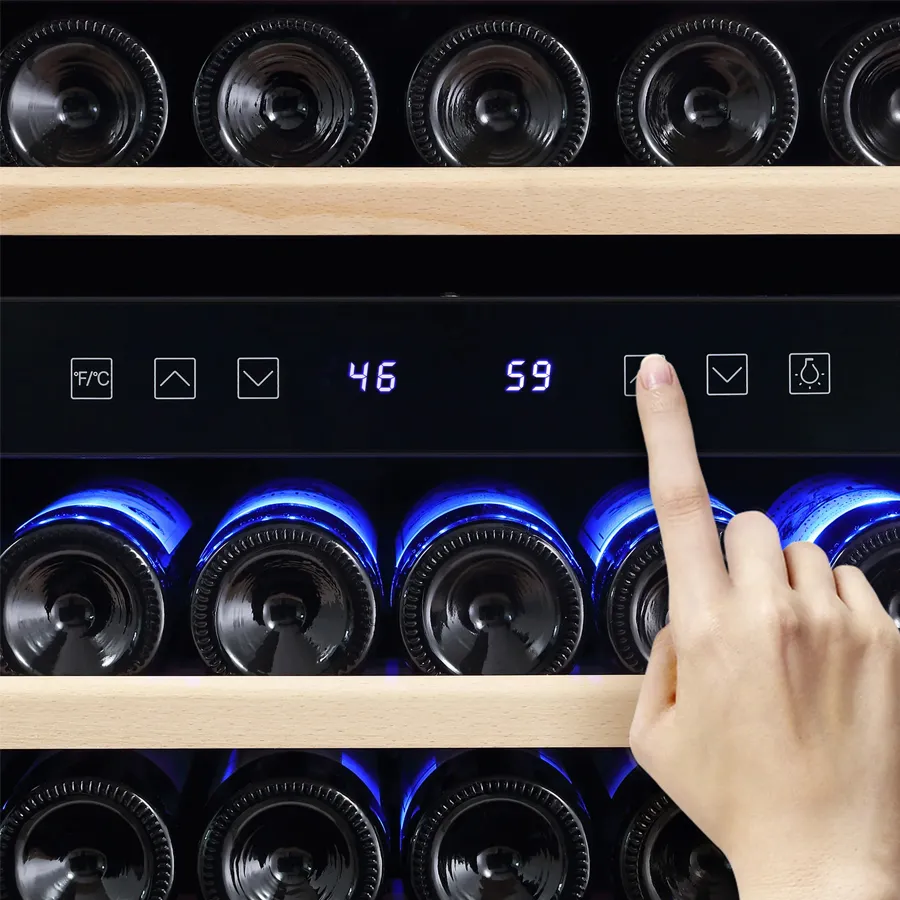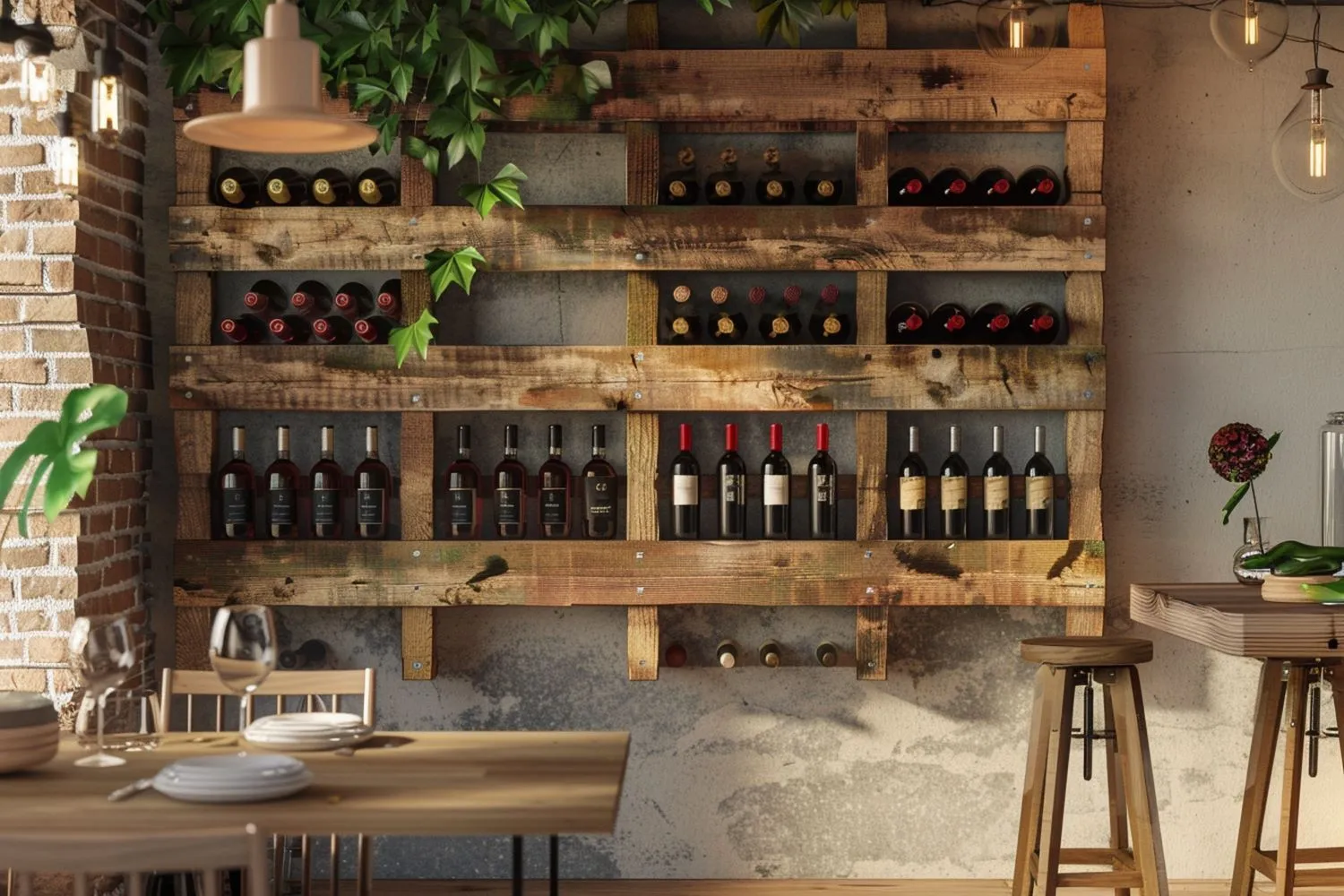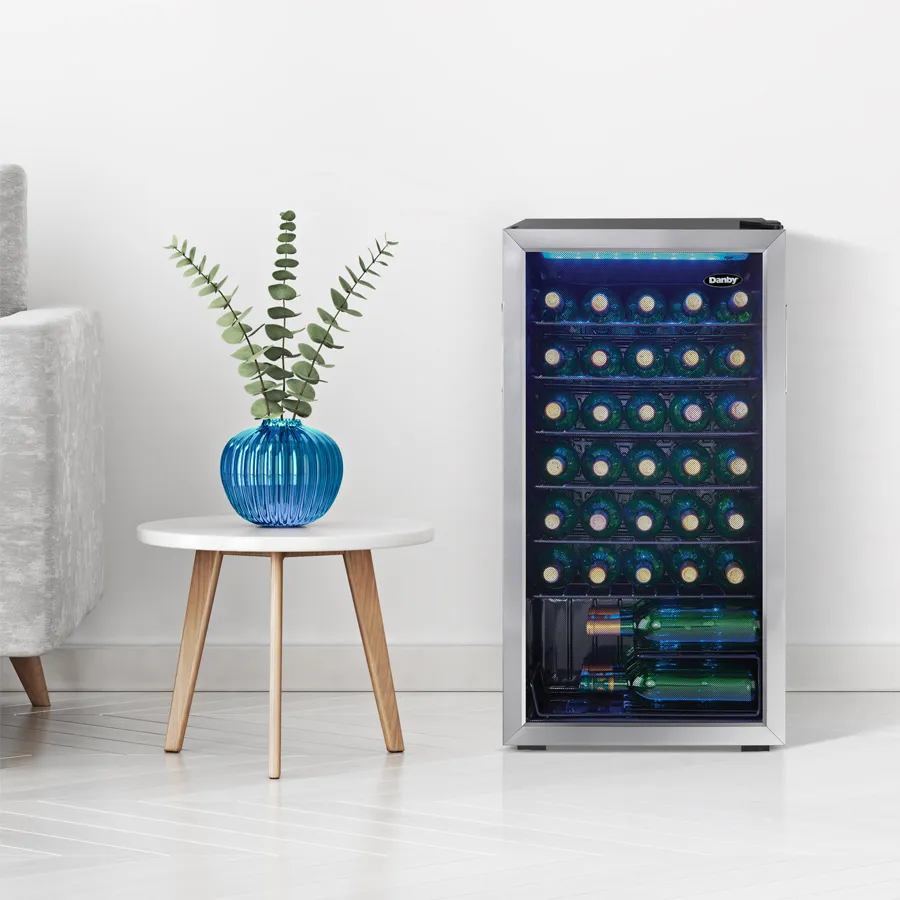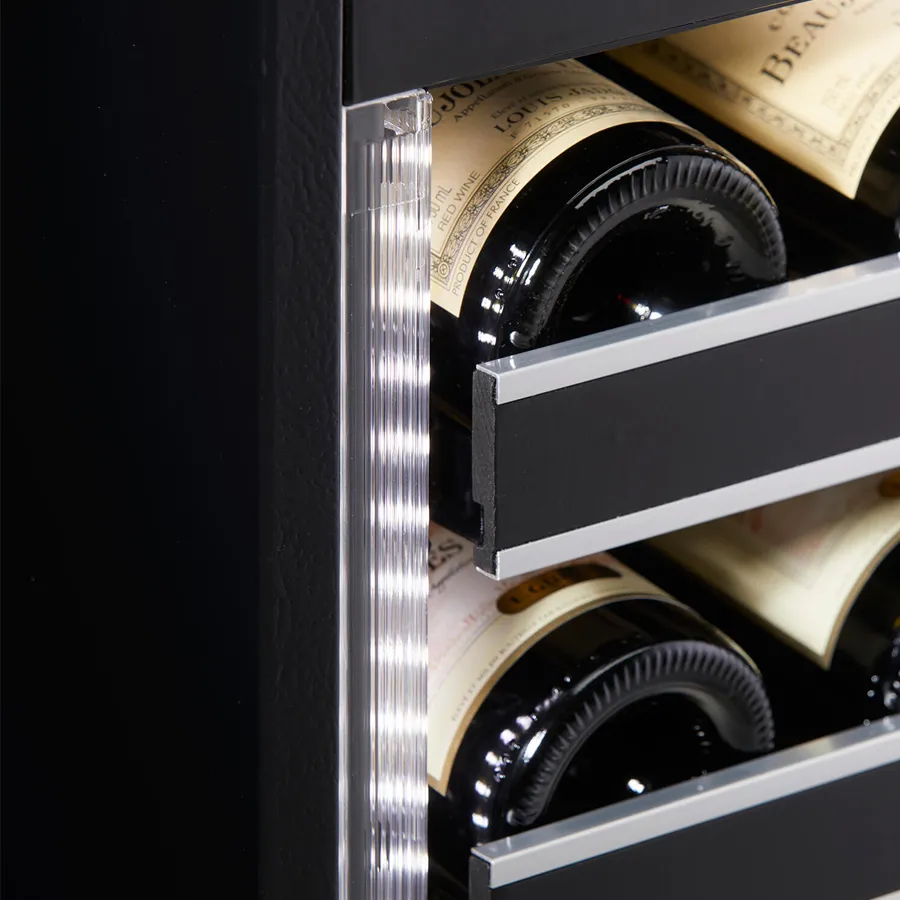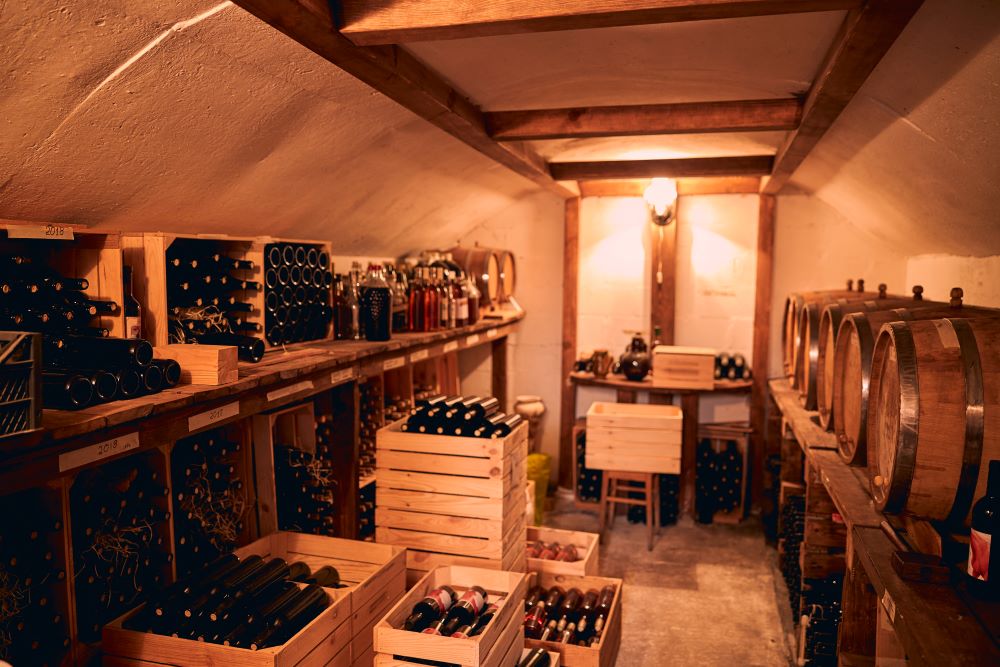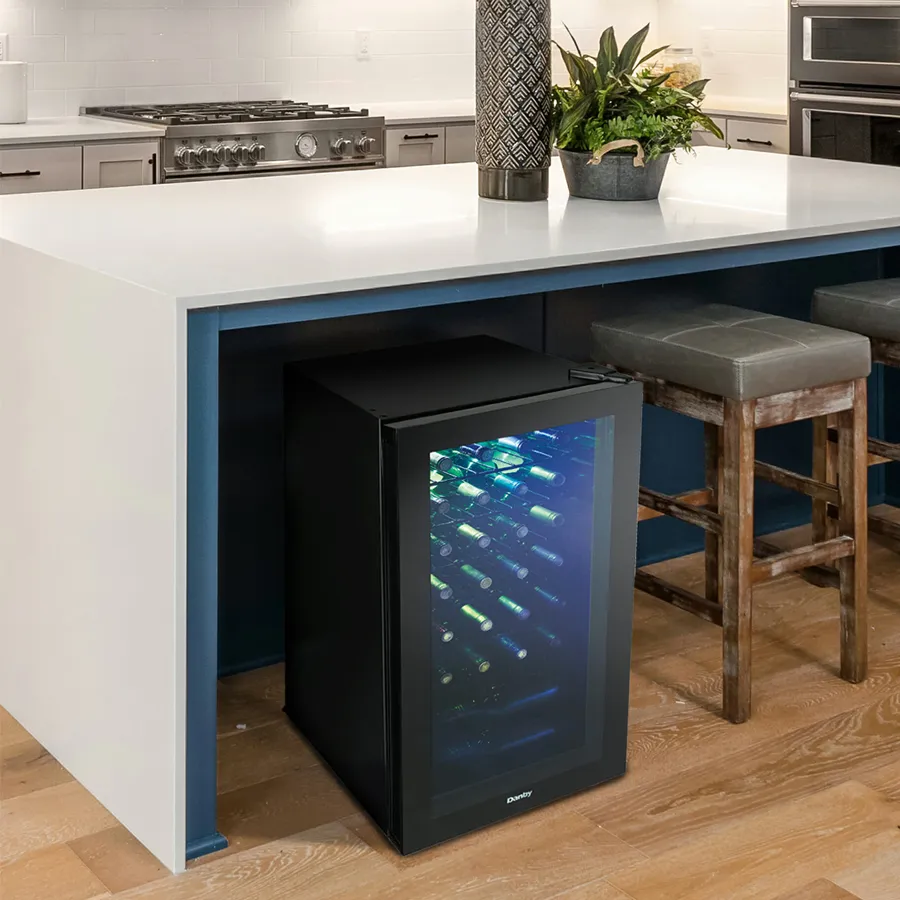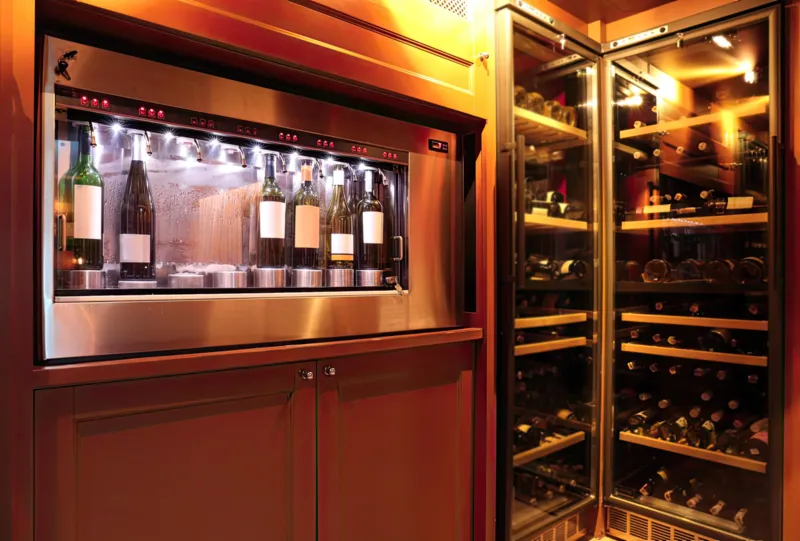In the not-so-distant past, the clinking of large tongs against a block of ice marked a bygone era when ice was delivered to homes for cooling and refreshing purposes. Fast forward to today, and we find ourselves in a world where standalone ice makers have revolutionized the way we enjoy cold beverages. Let’s take a journey through time, exploring the transformation from manual ice delivery to the sleek, efficient ice makers that grace modern kitchens.
The Icebox Era:
Picture a time when refrigerators were quaintly referred to as “iceboxes.” Trucks laden with blocks of ice would pull up to homes, their drivers skillfully using large tongs to transfer the icy treasure into the waiting icebox. This primitive cooling method, although effective, required homeowners to chip away at the block with an ice pick for use in drinks – hardly the most convenient or safe method, especially when hosting guests.
The Advent of Electric Refrigeration:
As refrigerators evolved into electrically powered appliances, the need for icebox deliveries diminished. Early freezer compartments were small, often limited to the size of two ice cube trays. Making ice at home became more accessible, but challenges persisted – cubes could shrink and develop odd tastes over time.
The Rise of Standalone Ice Makers:
To meet the growing demand for a reliable and efficient ice supply, standalone ice makers emerged as the solution. These machines, designed for convenience, eliminated the need for manual effort in the ice-making process. High-end refrigerators started incorporating ice-making capabilities, but standalone units truly excelled in delivering a hassle-free experience.
How Modern Ice Makers Work:
Today’s standalone ice makers are marvels of automation. Users simply add water to the unit, and the machine takes over. Water flows into a metal ice cube mold, initiating the cooling process. An internal thermostat monitors the freezing point, and once the ice is ready, the machine cleverly applies just enough heat to release the cubes. An ejector blade moves the ice into a container, where it awaits removal with the provided scoop. The unit signals when the process is complete, remaining partially active to keep any remaining ice in solid form.
Features of Contemporary Ice Makers:
Modern residential ice makers boast impressive capabilities. Some can produce up to 25 pounds of ice per day, with additional storage for two pounds more. Gone are the days of waiting around; these units signal completion and even feature a self-cleaning function – a convenient touch appreciated by users. Surprisingly quiet in operation, these machines efficiently go about their business, signaling users when their ice cubes are ready for enjoyment.


